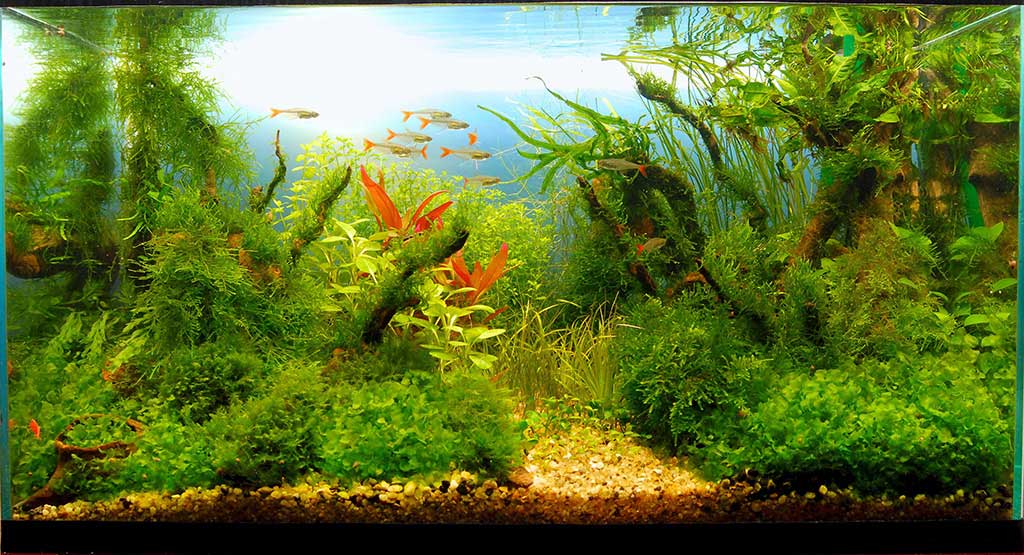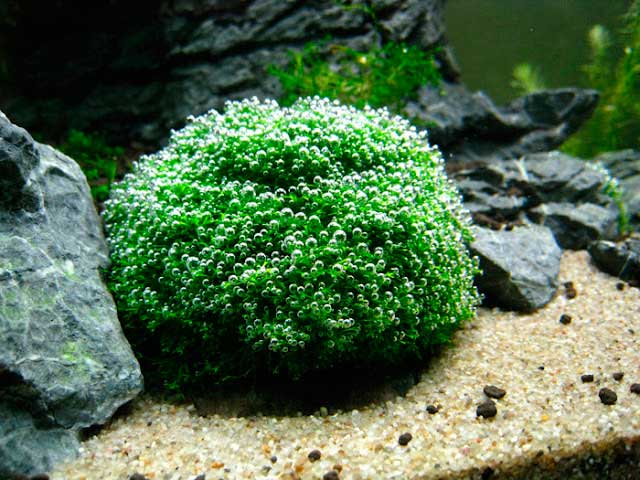Maintaining life in the aquarium. When a novice aquarist first gets an aquarium and begins to familiarize himself with the rules of keeping fish, at first he just enjoys the beauty of the world of underwater inhabitants. And it may take a long time before he realizes that he may face problems that will make the aquarium dirty, the plants wither and the fish die.
The owner may be surprised: he read in detail about the care of fish in the aquarium and what happened. Most likely, he just thought that the aquarium is enough to start, and it will be like a fine-tuned mechanism, work without fail. But life in the aquarium must be maintained, care for the fish, taking care of their health, and timely act on changes in the underwater environment. To do this, follow a few simple rules – then, no matter what kind of aquarium in the interior you arranged, it will always be all right.
How to care for your aquarium
Since an aquarium is not a natural body of water, certain measures must be taken to keep it functioning properly. You should know how to take care of your home aquarium: check the water clarity, odor, temperature, inspect the fish daily and see if the aquarium equipment is working properly.
The filters should be cleaned and rinsed every week. Depending on which species of fish live in the aquarium, you should change the water in the aquarium every week by 10-30%. If you change a small amount of water, it does not even need to stand: you can and from the tap dial. The main thing that the temperature it was room temperature: a sharp temperature difference can cause stress in your fish. Every week you need to wipe the glass aquarium from the inside, although you can get and special “cleaners”, which can be brocade catfish or girinoheilusa. These fish eat waste, which are collected from the surface of the glass, sucking on it with suction cups. It is also important to collect all kinds of debris from the surface of the aquarium soil and water, such as decomposing food. Dead algae leaves should also be removed.
Water parameters such as temperature, conductivity, acidity/alkalinity (pH), salt composition and others must be kept at a stable level. So even a novice aquarist should have in his arsenal of special tests. It is not difficult to use them, and they are sold in specialized stores for aquarists.
Once a month, the soil must be thoroughly checked, pick it up with your hands, without lifting it from the bottom, rinse it with a hose in the process of water change and filter it.
How to transplant fish
If you have started an aquarium and have read about how to care for fish, you should be able to imagine how to properly put the purchased fish in the aquarium. Pour out with the water from the jar or bag in which you brought them, you can not, because the difference in water temperature will stress the fish, their body may weaken and disease.
To do everything correctly, and the new inhabitants of the aquarium felt well, it is necessary for 1.5-2 hours to gradually dilute the water in the bag with the water that is in the aquarium. In this case, add twice as much water as was in the bag. In this case, the parameters will be equalized gradually and the fish will be prepared for allocation in a new home.
Fish food
For many novice aquarists, the most common mistake is overfeeding, which causes the fish to overfeed. Experienced aquarists say: a healthy fish should be hungry. Therefore, feed the fish should be so that they immediately eat everything, otherwise the remnants of food can settle to the bottom, where they will begin to decompose.
However, there are fish that prefer to eat without hurrying, for example, discus collect food from the bottom and eat slowly, so keep them separate from other fish. Feed should be used exclusively high-quality, preferring well-known manufacturers. On the feed should not save money: bad food can serve as a cause of death of all aquarium inhabitants. Live feed better fish do not feed: with them can get a serious infection, fraught with the death of pets. However, if you freeze live food in the freezer, the bacteria will die and the food can be used. This is how you can store moths.
Make it a rule to give your fish a once-a-week “day off”. – and not feed them at all. In nature with them this often happens to them, so they will only be better from it.
Medical care
First of all, it is necessary to establish a quarantine empty aquarium and put in it sick fish. Do this as soon as you detect signs of disease – whitened eyes, “torn” fins, plaque or dots on the body. In the quarantine should not be soil and plants, only filters and aeration of air. It should be large enough for the fish to stay there freely.
For the treatment of fish, it is necessary to acquire an arsenal of proven drugs. From white spots (ichthyophthyriasis) will help Sera Costapur, an effective remedy against various skin diseases – chylodonella, trichodon, costeosis. Useful may be the preparation Sera Omnipur, which helps with a number of common among aquarium fish diseases such as fungal and bacterial infections, skin plaque, fin rot, gill and skin worms, skin wounds and other diseases. Sera Baktopur can be recommended against bacterial diseases such as fin and mouth rot, puffy gray-white plaque on fins and body.
So, there is nothing particularly difficult in keeping aquarium life in good order: you just need to do the defined actions regularly without being lazy. An aquarium is a living organism, and it will only be in order if it is properly cared for.






